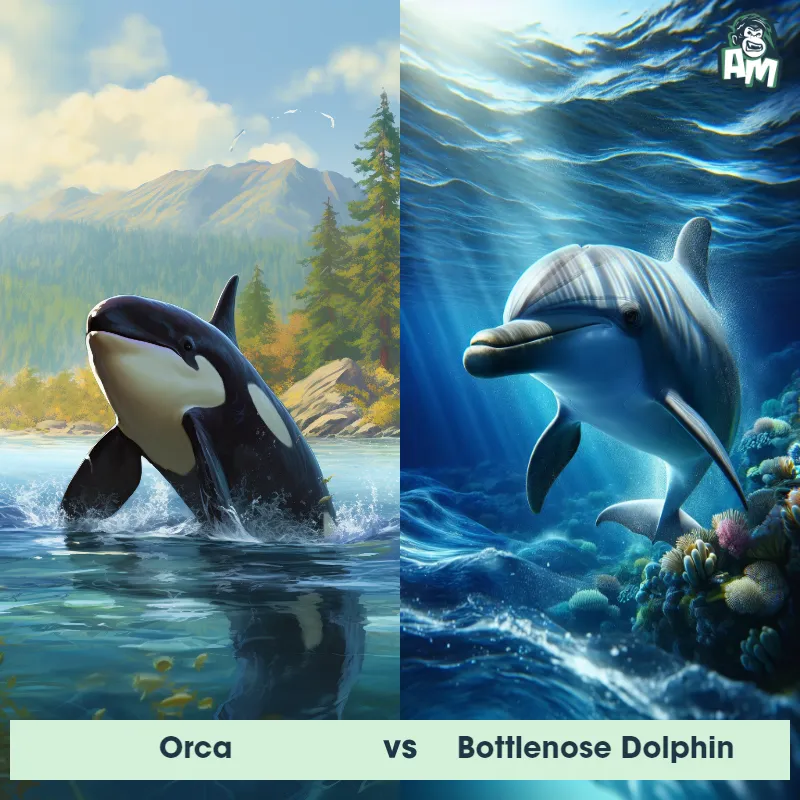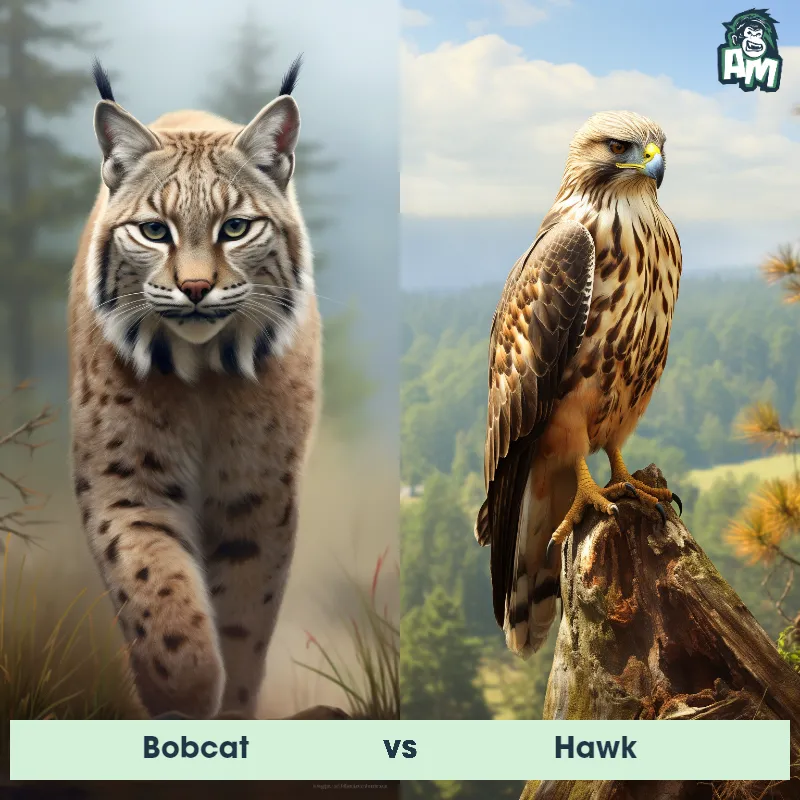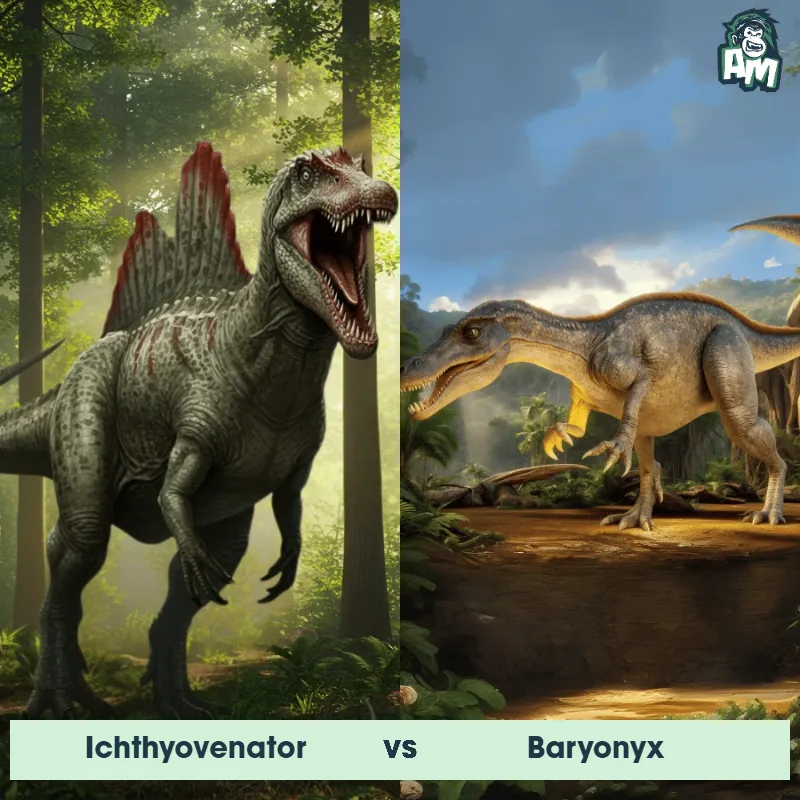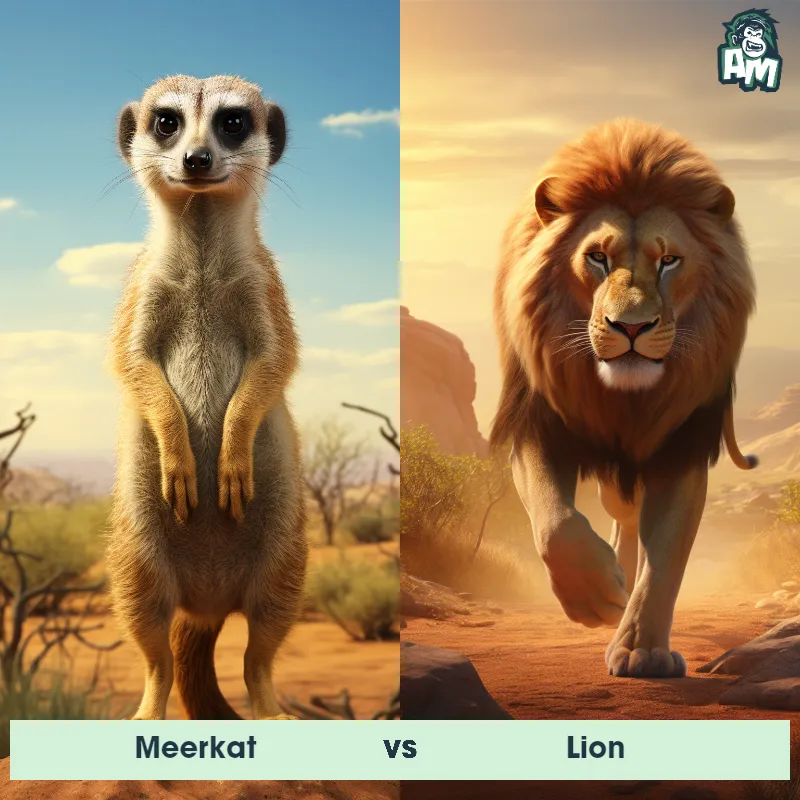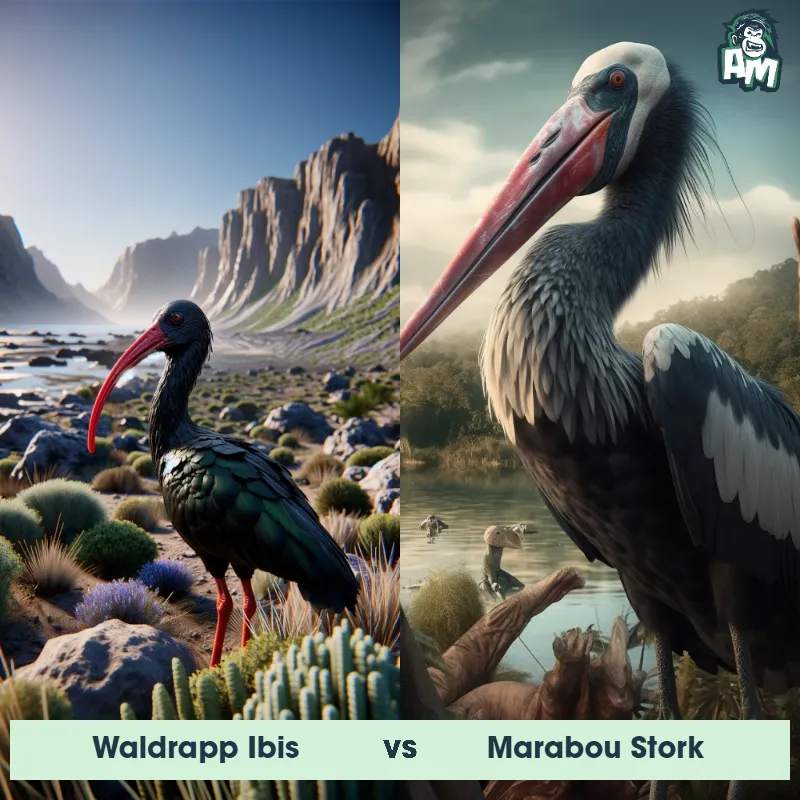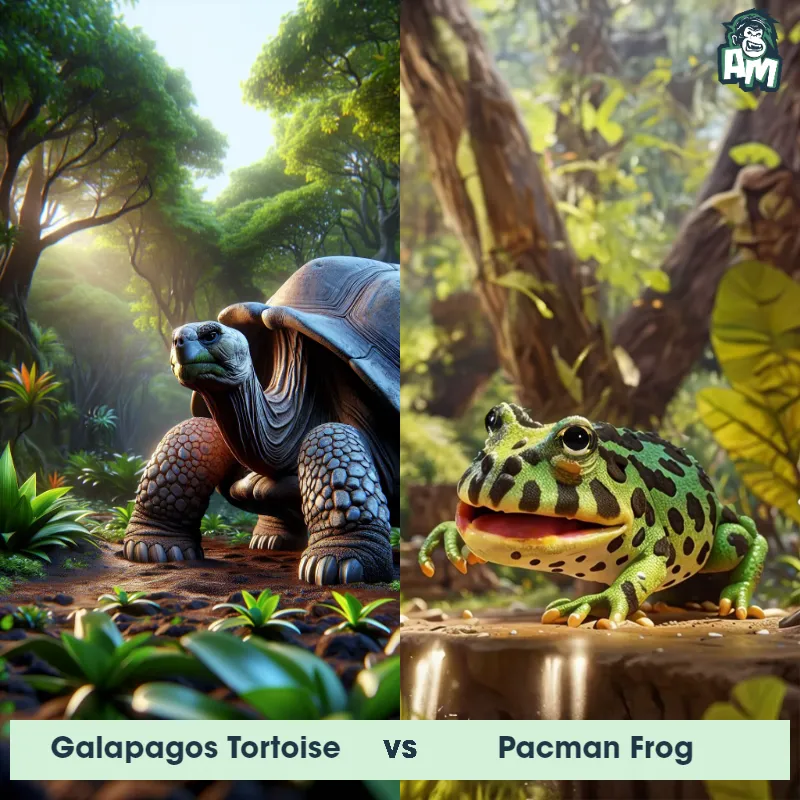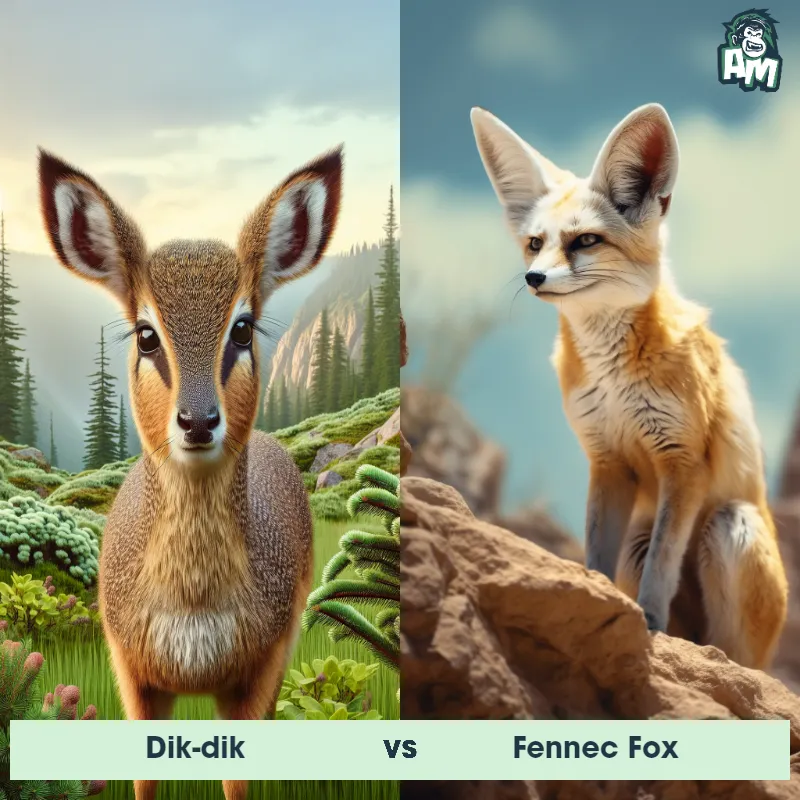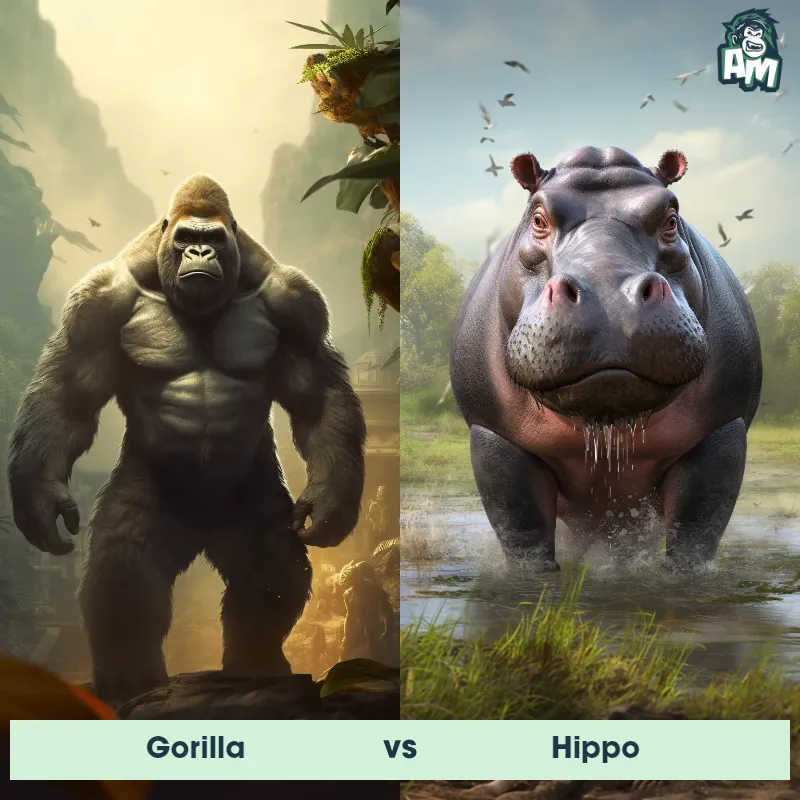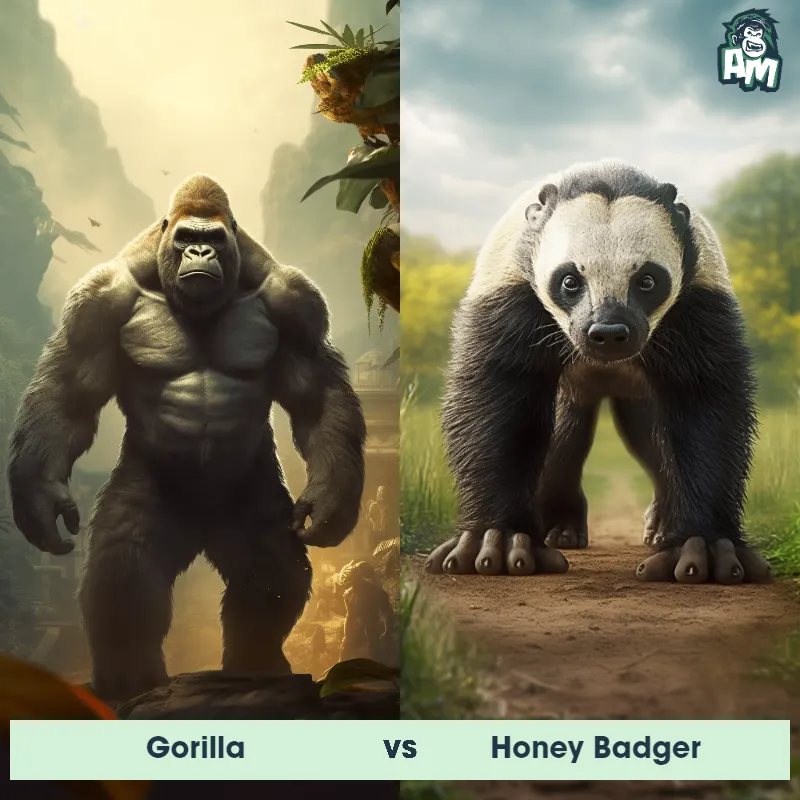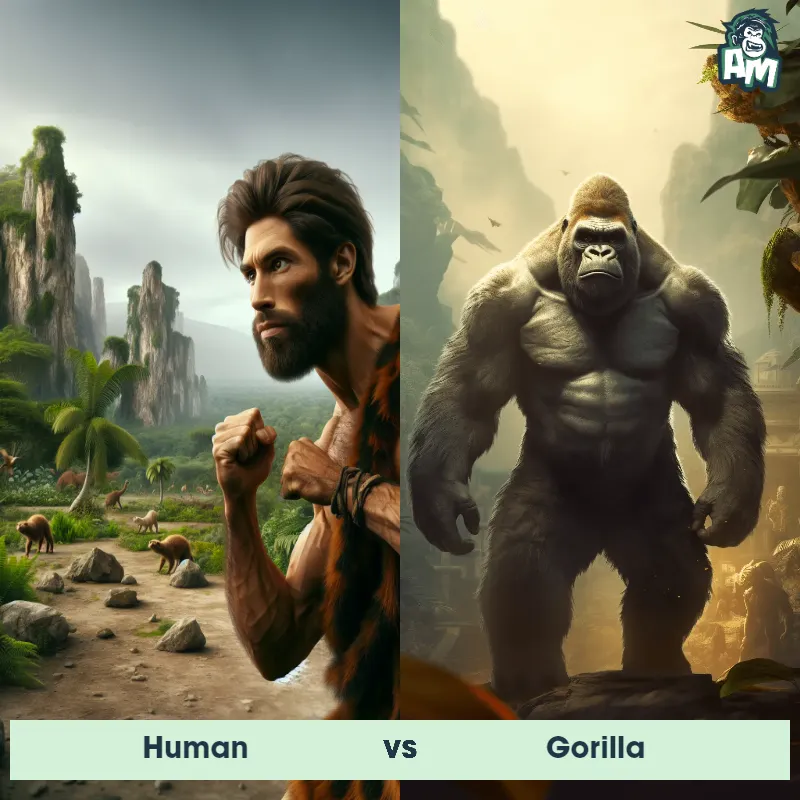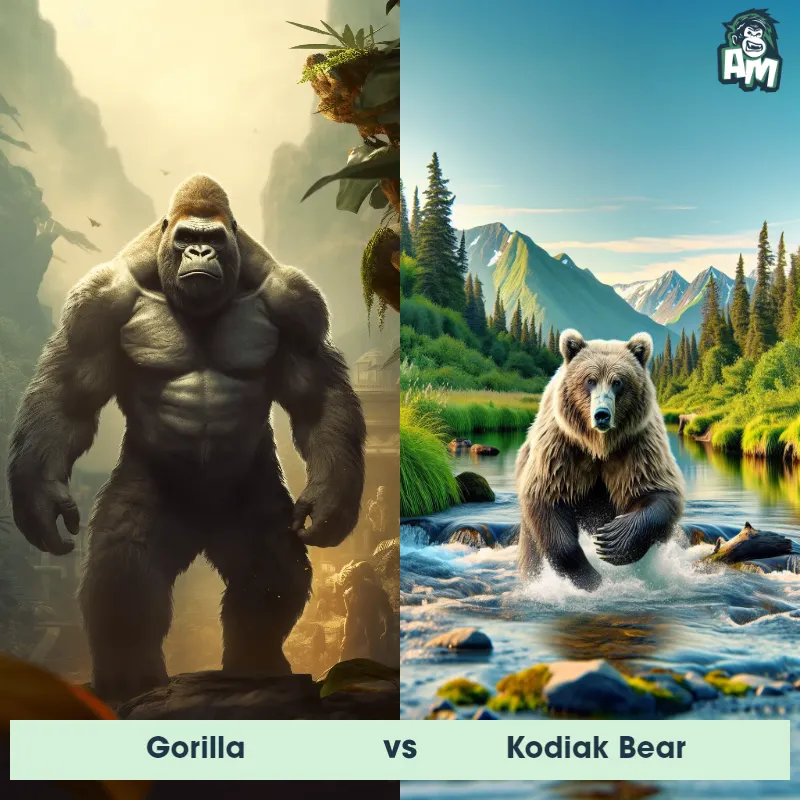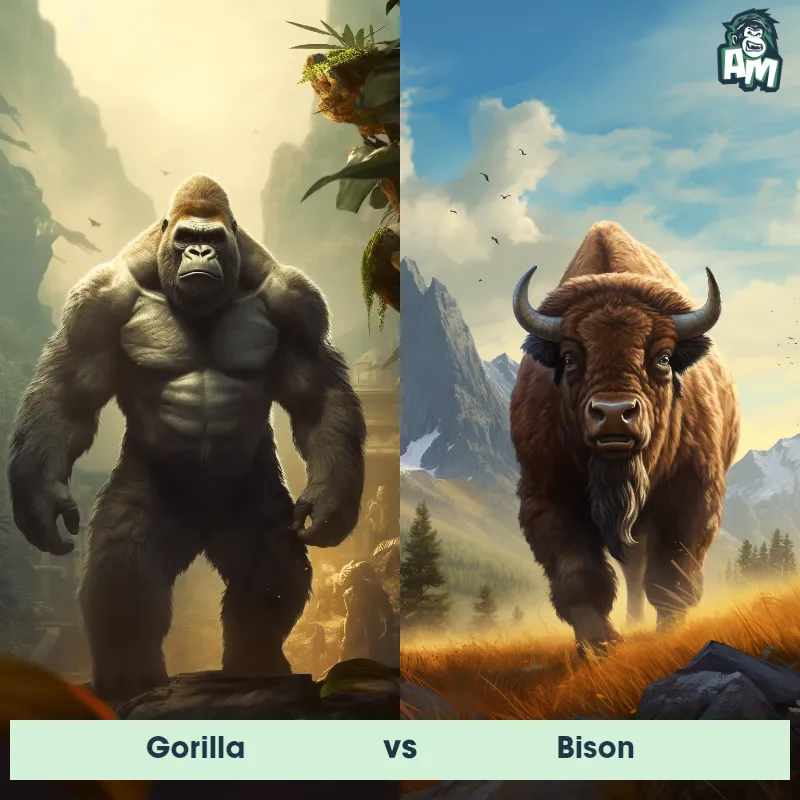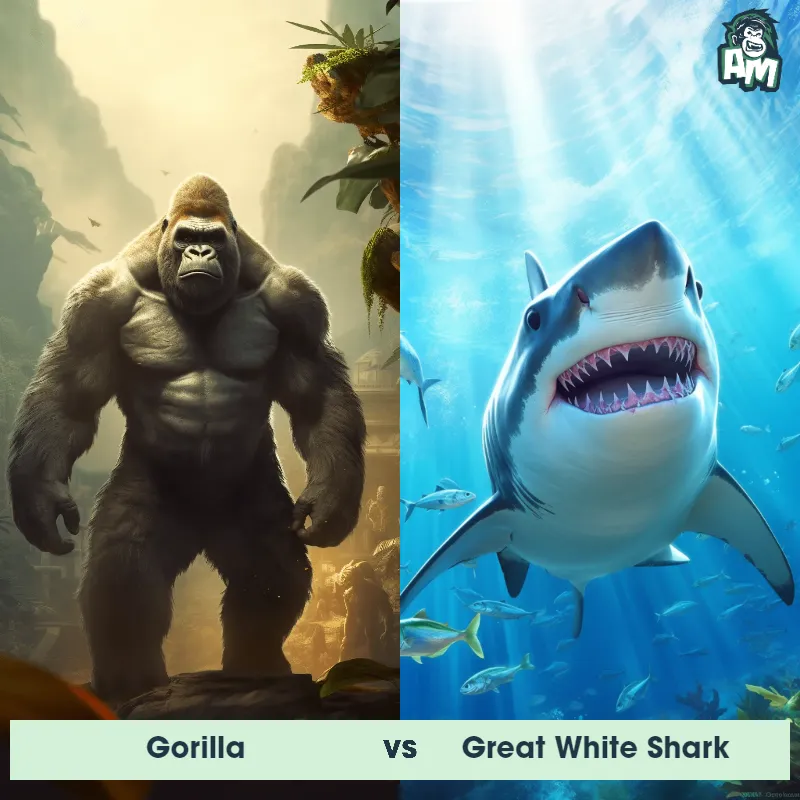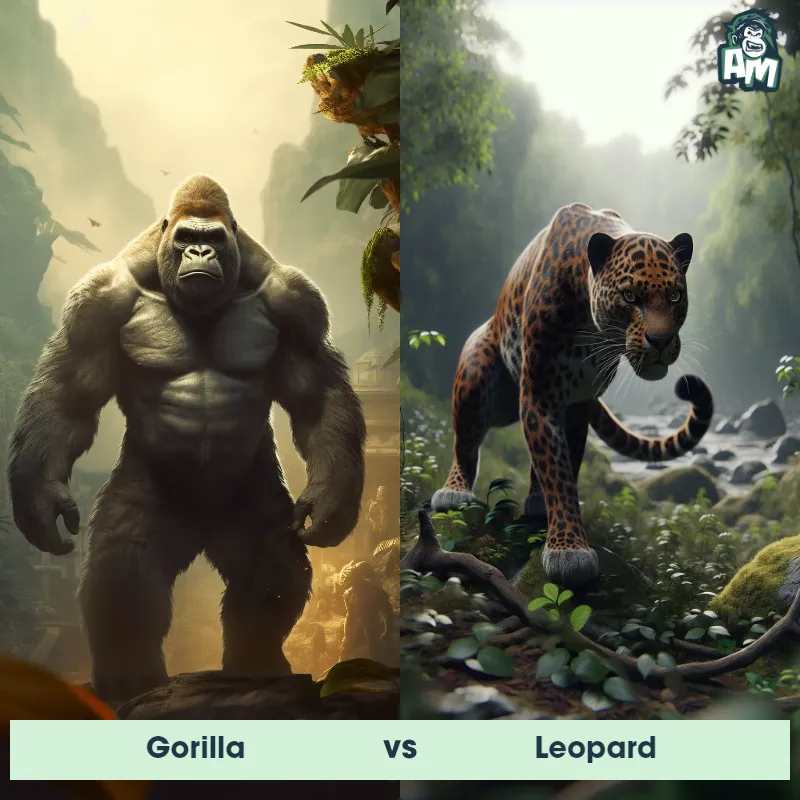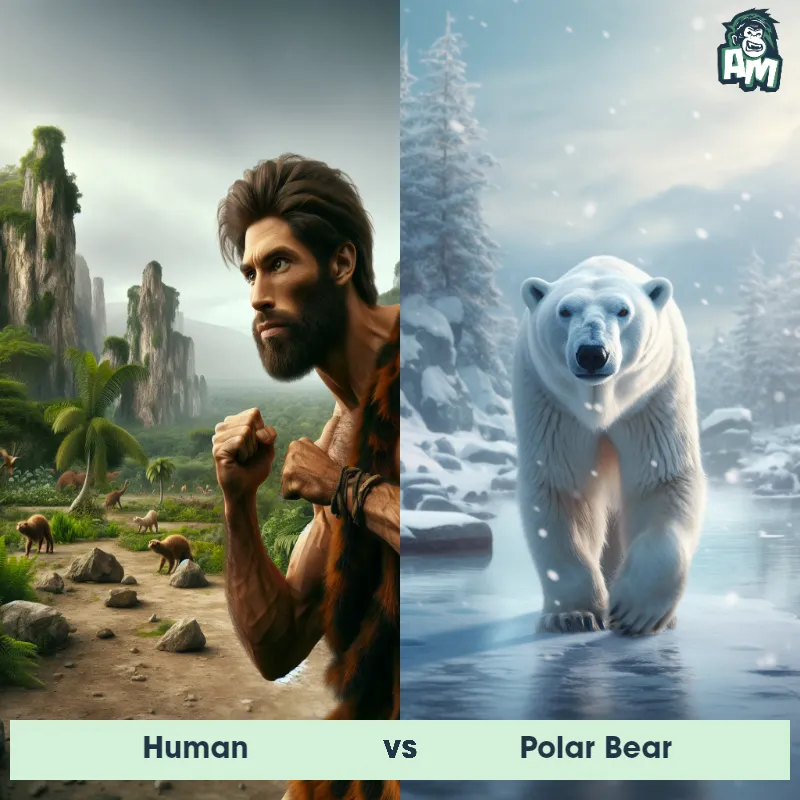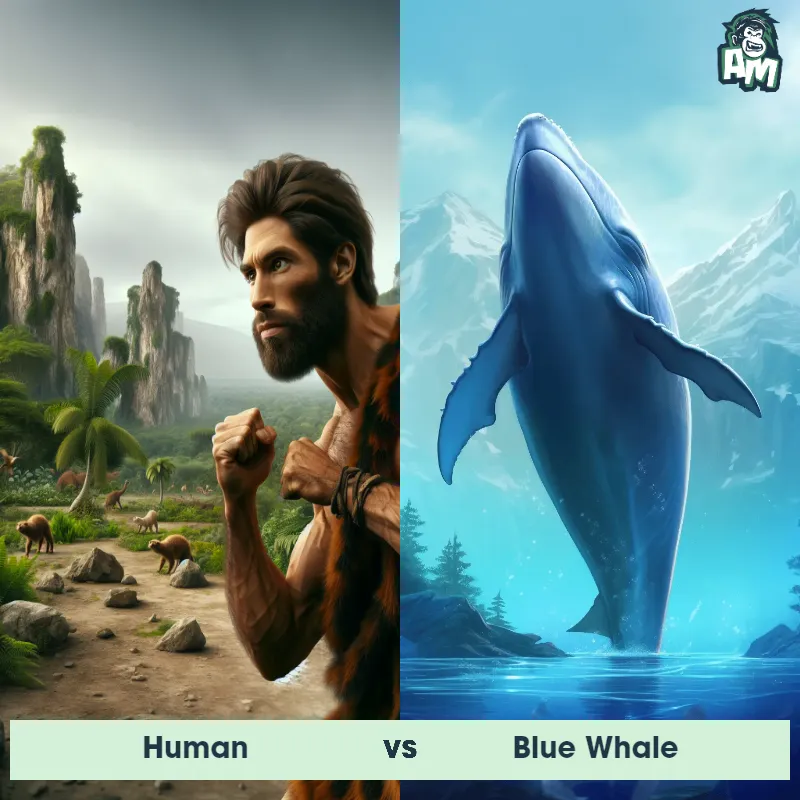Chimpanzee vs MandrillSee Who Wins

Ladies and gentlemen, welcome to an exhilarating showdown here at our majestic arena. It's an all-out battle between two formidable creatures, the Chimpanzee and the Mandrill. Both known for their strength, agility, and cunning in the wild. This promises to be a thrilling, three-round fight that will leave us on the edge of our seats. Now, let's dive right into the action!
Contender 1: Chimpanzee
The Chimpanzee, a highly intelligent primate and our closest living relative, inhabits the forests and woodlands of central and West Africa. These social creatures possess a robust and muscular build, with an average height of about 3 to 5 feet and a weight ranging from 70 to 130 pounds. Famed for their dexterous hands and opposable thumbs, chimpanzees are remarkable tool users, employing sticks to collect termites and rocks to crack open nuts. They have a keen sense of hierarchy within their communities and communicate using a variety of vocalizations, gestures, and facial expressions.
Fun Fact: One fascinating fact about Chimpanzees is that they have been observed using tools not only for feeding purposes but also for social interaction, engaging in behaviors like leaf clipping, trunk dragging, or throwing rocks as forms of non-verbal communication.
Contender 2: Mandrill
The Mandrill, scientifically known as Mandrillus sphinx, is a highly distinctive primate species native to the tropical rainforests of western-central Africa. These charismatic creatures are known for their striking appearance, with vibrant colored fur and distinctive facial features. Adult males are particularly striking, with their bright blue and red nose, pronounced brow ridges, and elongated canine teeth. They have a sturdy body structure and possess a long tail, which aids in their arboreal locomotion. Mandrills are social animals and live in large troops, consisting of one dominant male, a group of females, and their offspring. As omnivores, their diet incorporates a variety of fruits, seeds, leaves, insects, and even small vertebrates. They communicate using a combination of vocalizations, facial expressions, and body gestures.
Fun Fact: One fascinating fact about the Mandrill is that it holds the title for having the most colorful face among all primates, with a gradient of vibrant hues ranging from electric blue to purple, red, and pink.
Matchup Stats
| Chimpanzee | Mandrill | |
|---|---|---|
| Size | 3 to 5 feet (0.9 to 1.5 meters) | Up to 3 feet (0.9 meters) in height |
| Weight | 70 to 130 pounds (31 to 59 kilograms) | Up to 77 pounds (35 kilograms) |
| Speed | 25mph (40km/h) | 20mph (32km/h) |
| Key Strength | Strong arm and upper body muscles | Aggressive canine teeth |
| Biggest Weakness | Vulnerable to attacks from the back | None in particular |
Current Votes
Chimpanzee vs Mandrill
See Who Wins
View More Matches
Looking For More?
Similar Matches
Scientific Stats
| Chimpanzee | Mandrill | |
|---|---|---|
| Scientific Name | Pan troglodytes | Mandrillus sphinx |
| Family | Hominidae | Cercopithecidae |
| Habitat | Forests and woodlands | Tropical rainforests |
| Geography | Central and West Africa | Western-central Africa |
| Diet | Omnivorous | Omnivorous (fruits, seeds, leaves, insects, small vertebrates) |
| Lifespan | 40 years - 60 years | 20 years - 25 years |
Key Differences between Chimpanzee and Mandrill
- Facial features: The Chimpanzee has a hair-covered face with a pronounced brow ridge, while the Mandrill possesses a hairless face with a colorful pattern of ridges and grooves, including elongated canines that are used for display and dominance.
- Habitat: Chimpanzees inhabit tropical rainforests and dense woodlands, mainly in central and western Africa, while Mandrills are primarily found in equatorial rainforests, specifically in west-central Africa, preferring habitats with ample water sources and dense vegetation.
- Color: The Chimpanzee exhibits a predominantly brown or black fur, while the Mandrill displays vibrant and striking colors such as blue, red, and yellow on its face and hindquarters, with the rest of its body covered in olive or dark brown fur. 2. Size The Chimpanzee is generally smaller, with the average adult weighing between 70 to 130 pounds and measuring around 3 to 4 feet tall when standing upright. In contrast, the Mandrill is much larger, with males weighing around 60 to 100 pounds and standing up to 3 feet tall at the shoulder, making them one of the largest monkey species.
- Tail: Chimpanzees have relatively short tails, measuring only 1 to 2 feet in length, while Mandrills have a long, muscular tail that can reach up to 2.5 feet long.
- Body shape: Chimpanzees have a more slender and streamlined body shape, whereas Mandrills have a robust and muscular build, especially the males who possess an enlarged chest and can appear more stocky overall.




